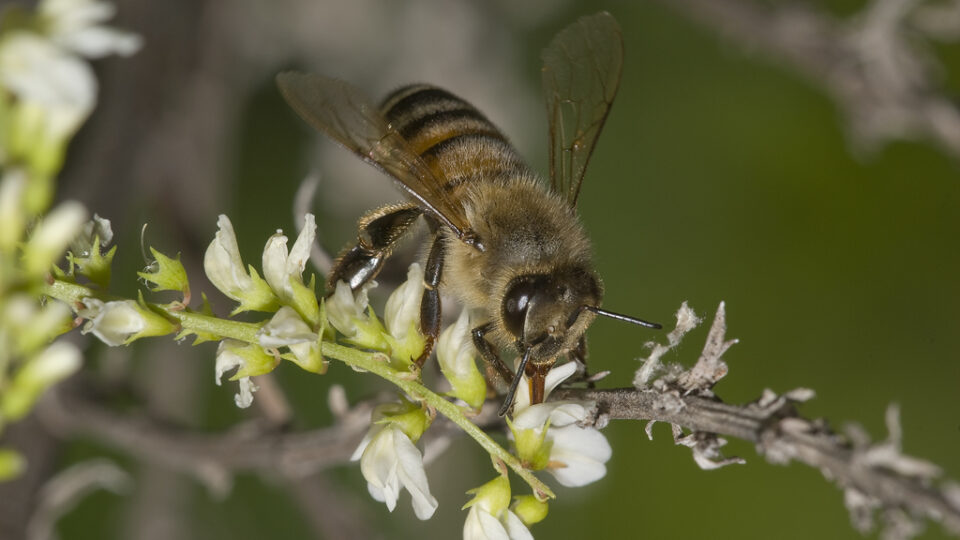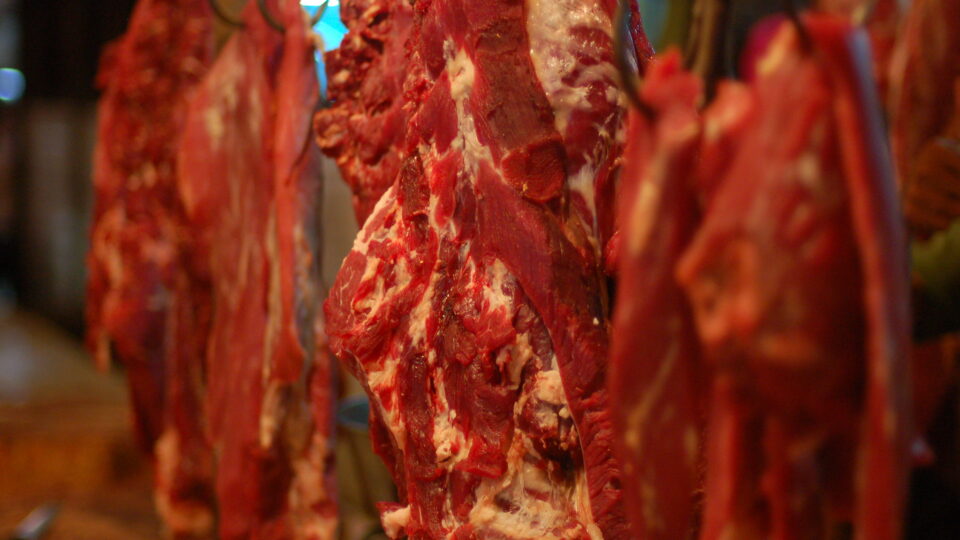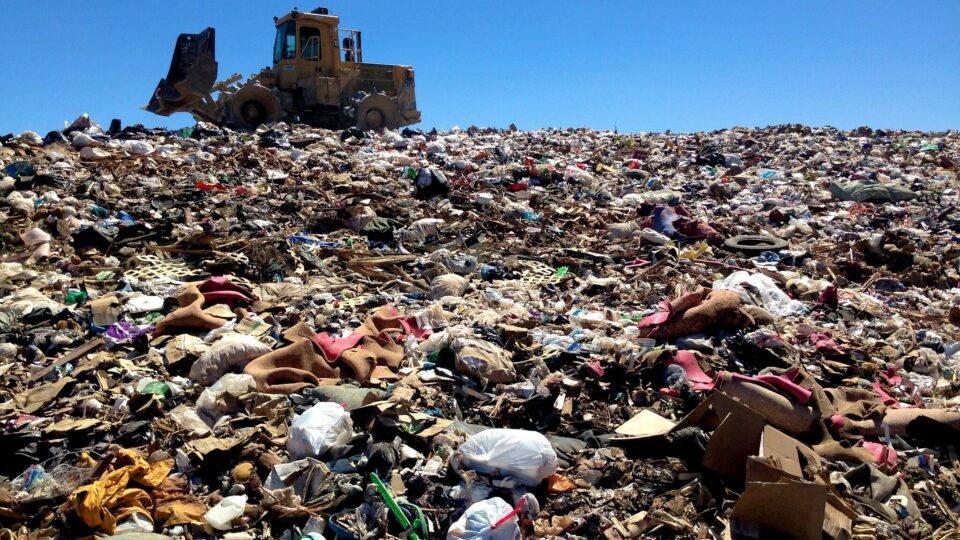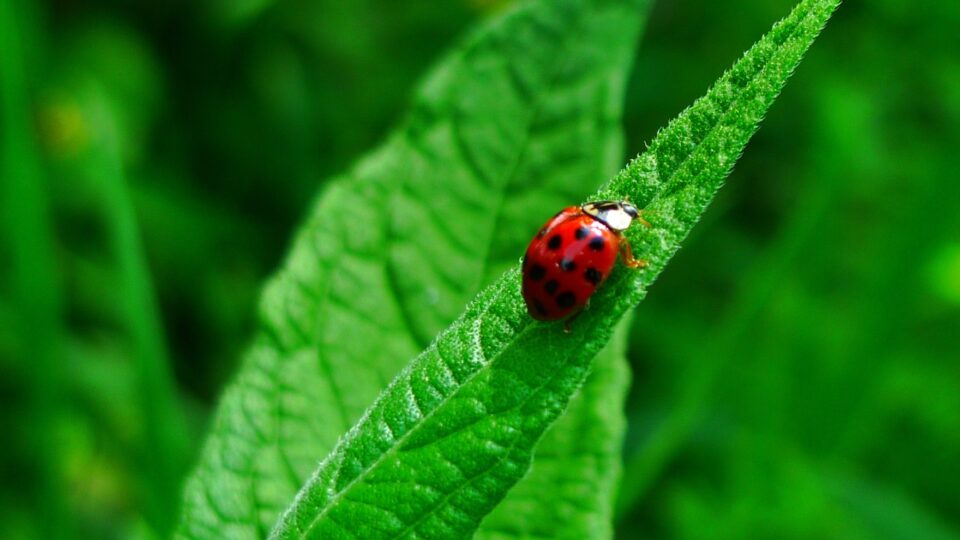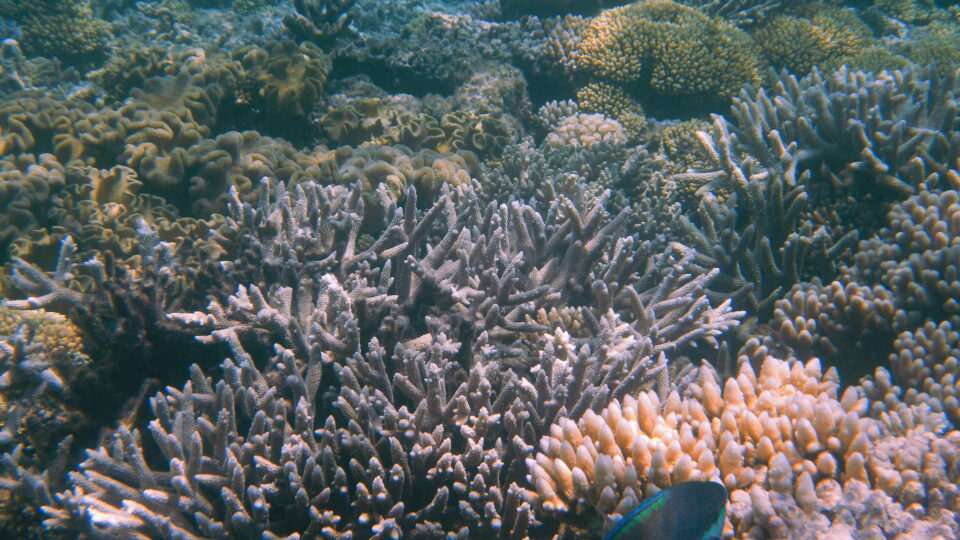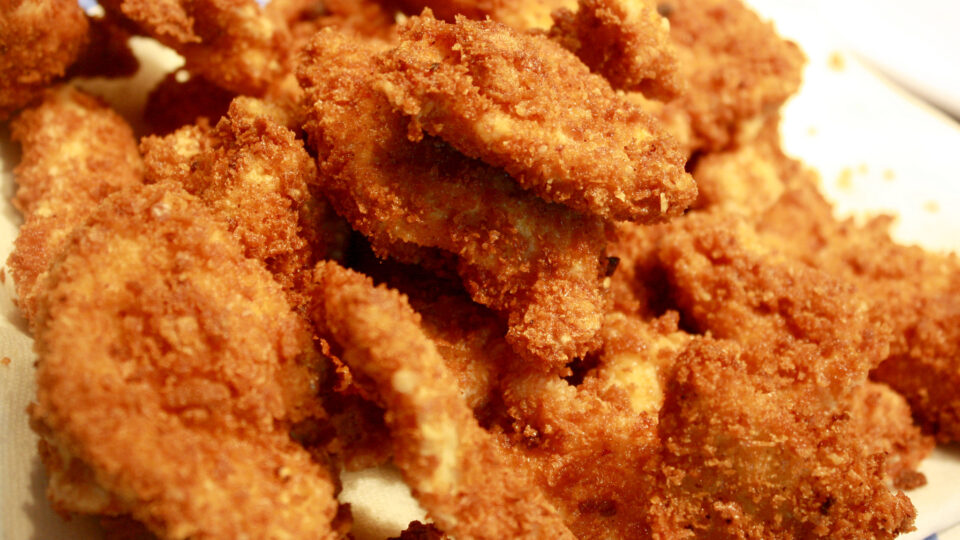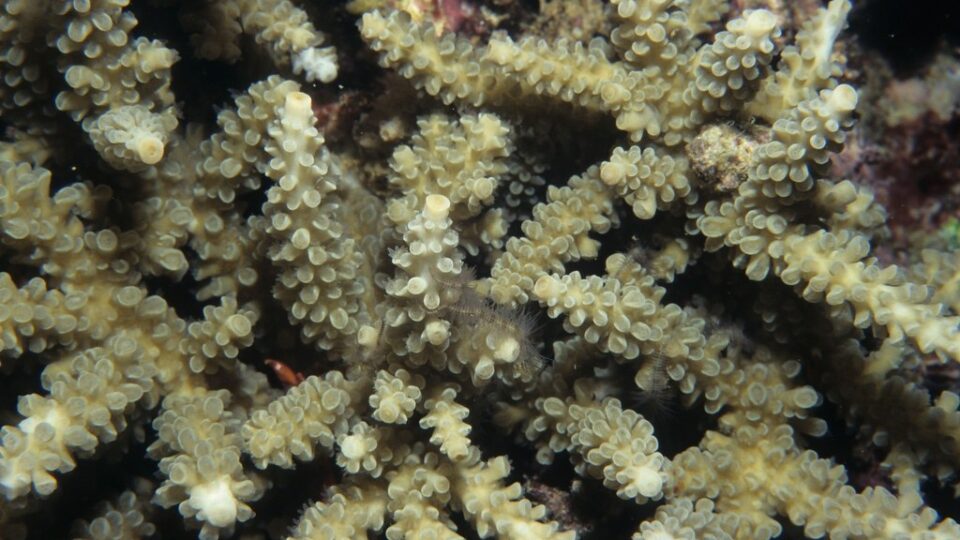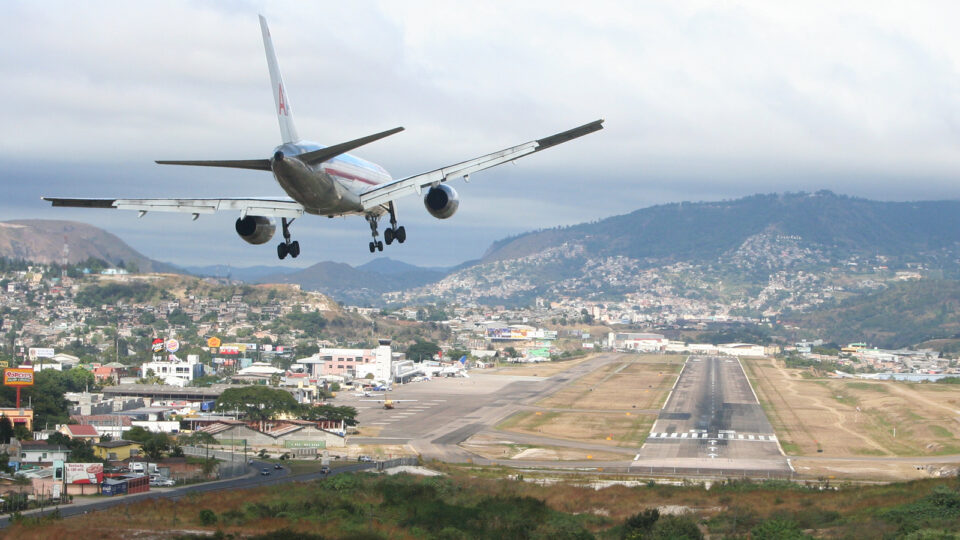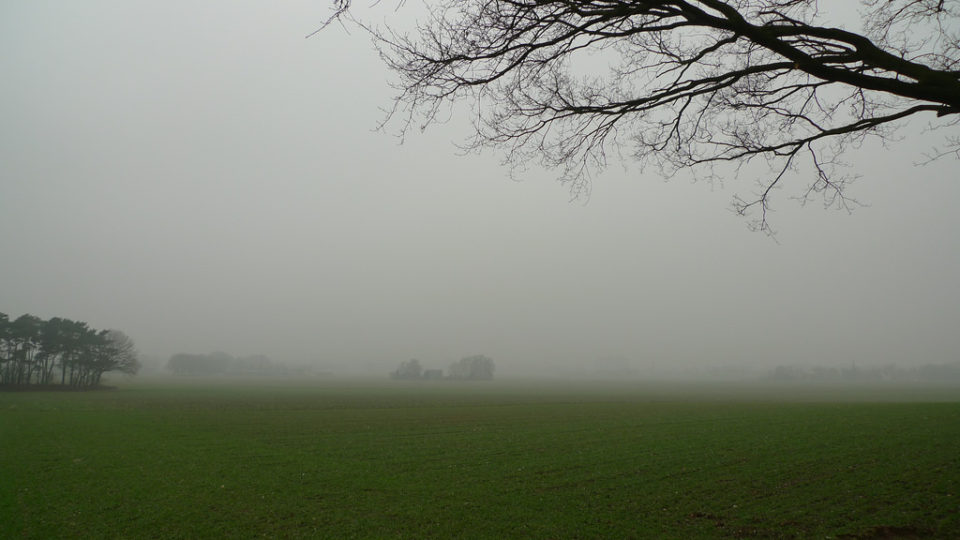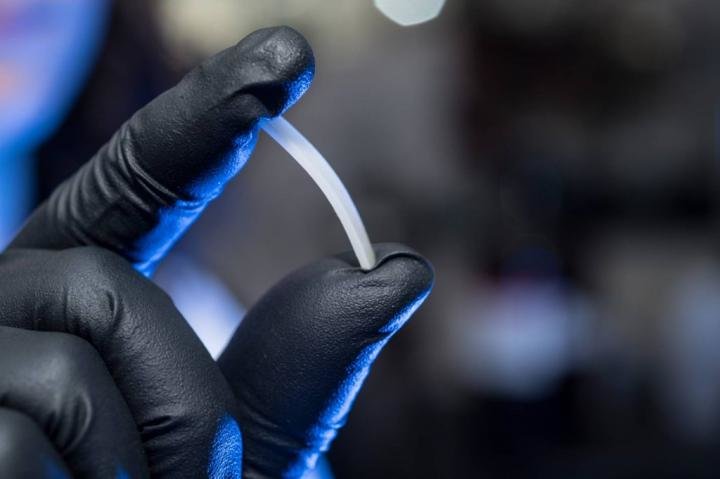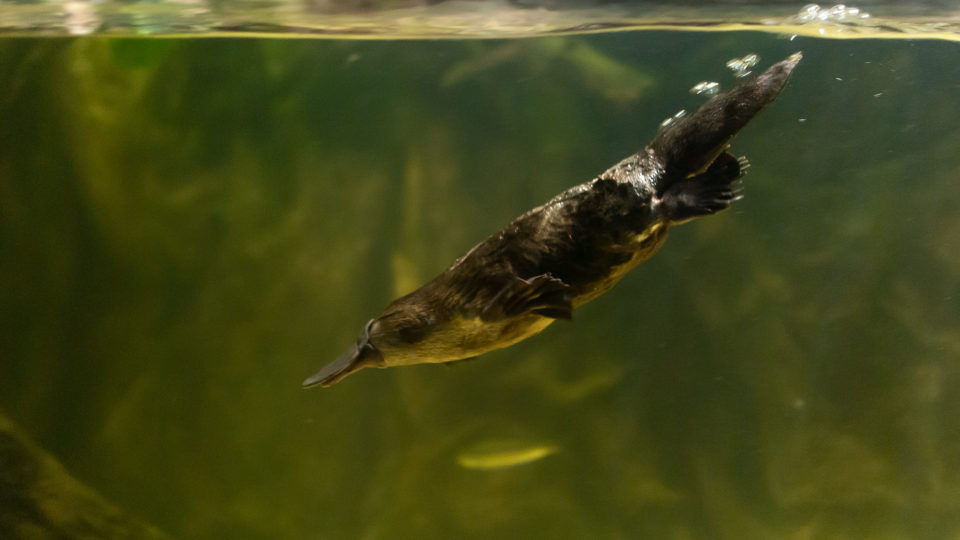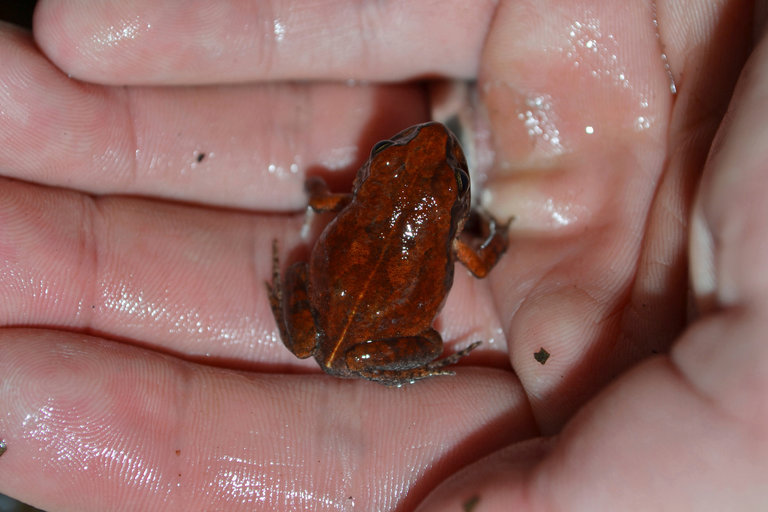For many years, scientists have been sounding the alarm on the global struggle of pollinators. Many of the invertebrate pollinator species, such as bees and butterflies, are facing extinction. And since 75% of the world’s food crops depend on pollination to some extent, the decline of pollinators poses a major threat to global food security.
Honey bees are among the struggling pollinators. Over the past 14 years, bee colonies have been disappearing at an alarming rate in what is known as the “colony collapse disorder.”
In an effort to understand why, scientists have often focused their research on environmental stressors, such as parasites, pesticides, and disease. But according to new research by entomologists from the University of Maryland, honey bee life spans are simply 50% shorter today than they were 50 years ago. In the study, which was recently published in the journal Scientific Reports, the researchers found that honey bees kept in a controlled, laboratory environment lived half as long as honey bees did in the 1970s. This is the first study to show that genetics – as opposed to environmental stressors – may be influencing the broader trends seen in the beekeeping industry.
When the researchers modeled the effect of their findings on a beekeeping operation, they found that the resulting loss rates were about 33%. This is similar to the average overwinter and annual loss rates reported by beekeepers during the past 14 years.
The next step is for researchers to compare trends in honey bee life spans across the U.S. and in other countries to see if there are differences in bee longevity.
**********
Web Links
Honey Bee Lifespans are 50% Shorter Today Than They Were 50 Years Ago
Helping Agriculture’s Helpful Honey Bees
Photo, posted June 23, 2007, courtesy of Susan E. Ellis via Flickr.
Earth Wise is a production of WAMC Northeast Public Radio
